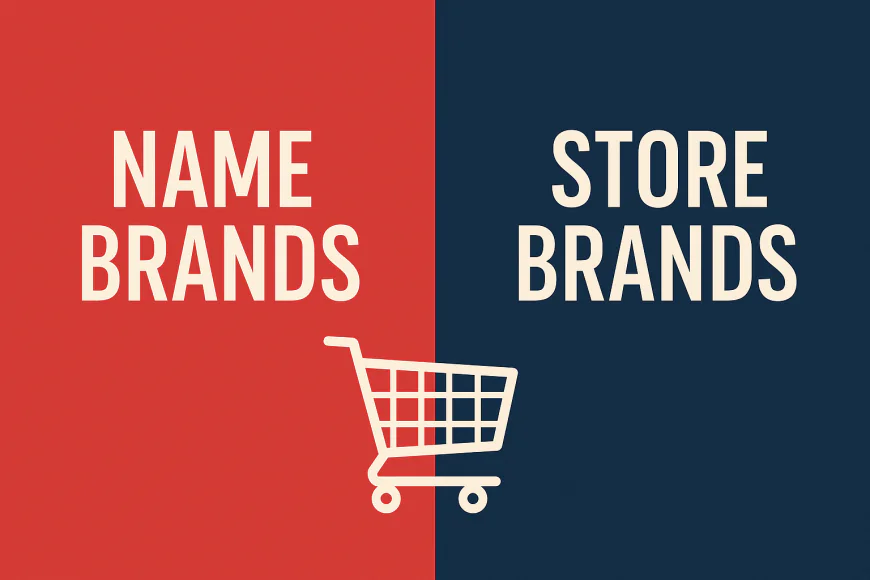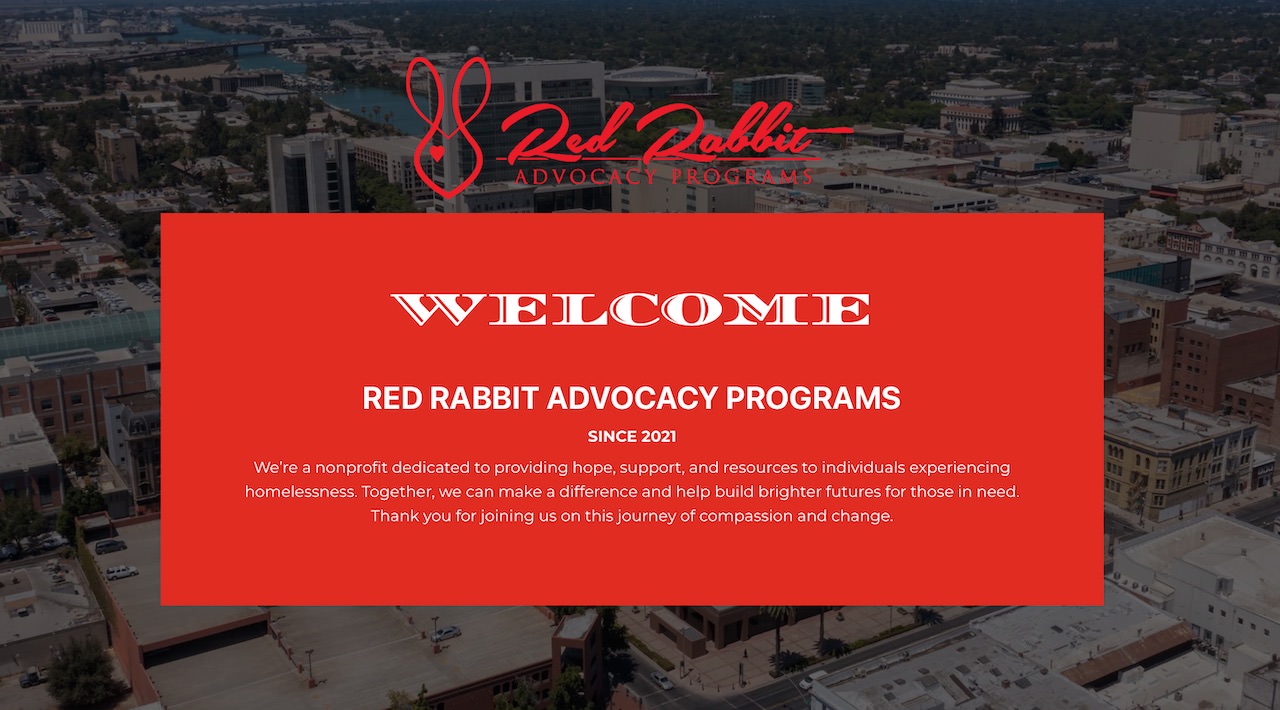🛍️ Name Brands vs Store Brands: The Labels Lie, but the Game Is Real
You reach for your usual brand at the store—but is it really worth the markup, or just decades of marketing manipulation talking? Here's what's really going on behind those shiny labels.

You walk into a grocery store. Let’s say you’re grabbing peanut butter. There’s the glossy jar of Jif staring at you from eye level. But right below? A familiar-looking container with a name like “Great Value” or “Signature Select,” half the price and suspiciously similar. You hesitate. Are you trading taste for savings? Integrity for affordability?
Turns out, maybe not.
📦 What’s in a Name?
Name brands are those big, recognizable names—Coca-Cola, Tide, Oreos. They’re everywhere. They spend billions on advertising, shelf placement, sponsorships, and curated emotional appeal. You don’t just buy the product—you buy the feeling.
Then there’s private labels and store brands. These are made for the retailer and sold by the retailer—Target’s “Good & Gather,” Trader Joe’s house line, or Costco’s “Kirkland Signature.”
Most people think name brands mean quality, while store brands are cheap imitations. That’s where things start to unravel.
🏭 Manufactured Illusions
Here’s the twist: many store brands are made in the same facilities as the name brands. Peanut butter, cereal, canned goods, even over-the-counter meds? They can come from the same conveyor belt, just poured into a different package.
Private-label manufacturing often works like this:
-
Retailers contract name-brand manufacturers under NDAs.
-
Products are made using near-identical formulas.
-
Packaging differs. Branding disappears. Pricing drops.
So why does it taste kind of different? Sometimes it’s psychology. Sometimes it’s shelf life tweaks, batch variations, or deliberate cost-cutting (cheaper oils, fewer preservatives). But often, the difference is negligible—or even non-existent.
💡 Where the Illusion Slips
Still, there are places where the fantasy doesn’t hold:
-
Beauty & health products: Think shampoo, face cream, toothpaste. Consumers trust brand-name ingredients, and store-brand versions are often hit-or-miss.
-
Baby formula & meds: Even if FDA-approved, parents (understandably) tend to stick to the big names.
-
Flavor-sensitive foods: Some store-brand chips, cookies, or cereals just don’t nail the texture, seasoning, or crunch.
The differences here stem from brand exclusivity—companies guarding secret recipes or proprietary processes, refusing to license exact replicas. That means store brands have to develop their own “close enough” version, and that’s where quality diverges.
💰 Why Retailers Push Store Brands Hard
There’s real money at stake. Retailers earn more from private labels because:
-
They control manufacturing and markup.
-
They don’t pay brand premiums.
-
They reduce dependence on outside suppliers.
Walmart’s “Great Value” reportedly generates billions annually. Costco’s “Kirkland” rivals national brands in loyalty. And Trader Joe’s? Nearly 80% of its shelf space is private label.
Even luxury retailers are in on it—Whole Foods’ “365,” Sephora’s “Collection,” Nordstrom’s house apparel lines. It’s not just a grocery game.
👁️ Consumer Behavior: Why We Still Choose Name Brands
Despite knowing the game, we often reach for name brands anyway. Why?
-
Habit: We grew up with them. That’s hard to override.
-
Trust: The name’s familiar. We believe it works.
-
Aesthetics: Name brands often look better on the shelf.
-
Fear of Failure: Choosing a cheaper version and regretting it feels worse than paying a bit more upfront.
And then there’s emotional branding. You’re not just buying Heinz. You’re buying cookouts, comfort food, grandma’s pantry. Private labels haven’t built those associations yet.
🧪 Sometimes They’re Better
In blind taste tests and consumer reports, store brands often win:
-
Kirkland Signature vodka outperforms Grey Goose.
-
ALDI’s chocolate scores better than Hershey’s.
-
Target’s Up & Up acetaminophen is chemically identical to Tylenol—just way cheaper.
But no one’s bragging about saving $1 on headache meds. Brand bragging is still tied to status, identity, and marketing myths.
🧵 Threads You Might Not See
Here are some underreported quirks:
-
Shelf positioning is bought: Eye-level spots are expensive. Store brands are often placed lower—or strategically scattered.
-
Same CEO, different loyalty: Some manufacturers make both the name brand and store brand versions, creating internal competition.
-
Ingredient swaps: For cost reasons, store brands might use cheaper substitutes that don’t show up until you read the fine print.
🧠 Manipulation or Smart Business?
It depends on how you look at it. Retailers are leveraging psychology, economics, and branding to offer products that seem cheaper—but sometimes aren’t. Meanwhile, name brands are trying to hold their value through emotional appeal and marketing.
Consumers are caught in between. Savvy shoppers will rotate between both, depending on the category. Others fall into loyalty traps.
But the truth? The divide isn’t as deep as it seems. And once you know the tricks, you can shop smarter—or rage-blog about corporate strategy—either works.
| Source | Description | Link |
|---|---|---|
| Consumer Reports | Tests and comparisons between name brands and store brands | Visit Site |
| Private Label Manufacturers Association (PLMA) | Industry trends and stats on private label growth | Visit Site |
| FDA on Generic Drugs | Explains how generics match name brands in safety and effectiveness | Visit Site |
| Statista | Market data comparing private and national brand sales | Visit Site |
| Trader Joe’s Insider | Uncovered details about sourcing and brand partnerships | Visit Site |
What's Your Reaction?
 Like
0
Like
0
 Dislike
0
Dislike
0
 Love
0
Love
0
 Funny
0
Funny
0
 Angry
0
Angry
0
 Sad
0
Sad
0
 Wow
0
Wow
0
































